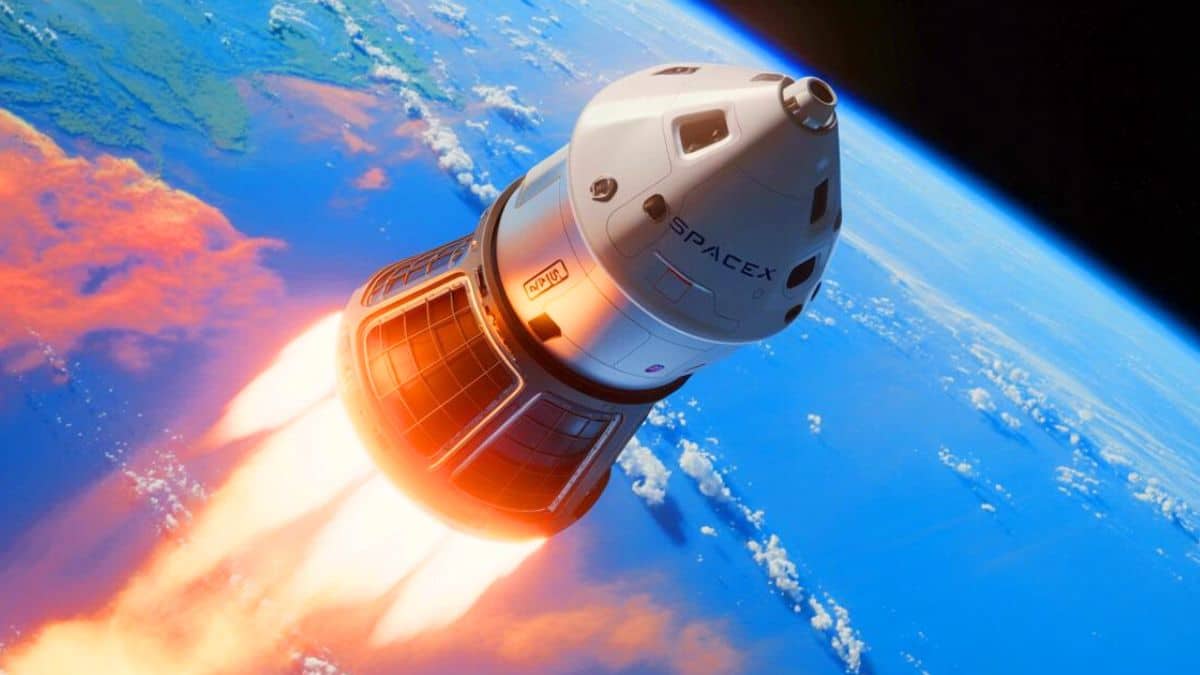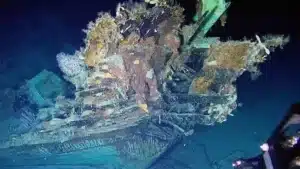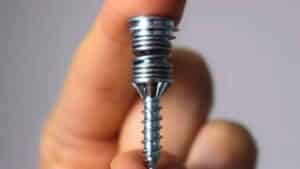SpaceX’s Dragon capsule recently splashed down on Earth, bringing with it an impressive 6,700 pounds of advanced technology and scientific equipment from the International Space Station. This remarkable return mission showcases the evolving partnership between NASA and private space companies while highlighting significant breakthroughs in space exploration technology.
Revolutionary robotic systems return from orbit
The Astrobee-REACCH robotic system represents one of the most innovative technologies aboard the Dragon capsule. This sophisticated system combines NASA’s free-flying Astrobee robots with specialized tentacle-like arms featuring adhesive pads designed for microgravity operations. During their time on the ISS, these robots demonstrated exceptional capabilities in grasping and manipulating various objects regardless of shape or texture.
The potential applications for these advanced robotic systems extend far beyond basic research:
- Satellite servicing and repair missions
- Orbital debris removal and management
- Repositioning equipment in space environments
- Assisting astronauts with complex tasks
Engineers anticipate these technologies will significantly enhance spacecraft longevity while creating a safer operational environment in low Earth orbit. The successful testing of these systems marks a crucial step toward more autonomous space operations, potentially reducing the risks associated with human spacewalks.
The record for the largest treasure of all time has just been confirmed at $17.4 billion, but two countries are fighting over the rights to the discovery
In 2019, Iceland Approved the 4-Day Workweek: Nearly 6 Years Later, All Forecasts by Generation Z Have Come True
Material science advancements for future spacecraft
The MISSE-20 (Multipurpose International Space Station Experiment) project delivered valuable insights into material durability under extreme space conditions. Scientists exposed various materials—including radiation shielding, solar sail coatings, ceramic composites, and specialty resins—to the harsh space environment to evaluate their resilience against ultraviolet radiation, atomic oxygen, and dramatic temperature fluctuations.
These experiments yield critical data for spacecraft designers working on next-generation vehicles intended for long-duration missions. By mounting material samples on the ISS exterior, researchers gained real-world performance data impossible to accurately replicate in Earth-based laboratories.
The findings will directly influence the development of:
| Material Application | Potential Benefit |
|---|---|
| Heat shields | Enhanced protection during atmospheric reentry |
| Spacecraft hulls | Improved micrometeoroid resistance |
| Radiation barriers | Better crew protection during deep space missions |
| Solar panel components | Extended operational lifespan |
“140 Trillion Times Earth's Oceans”: NASA Discovers Massive Water Reservoir 12 Billion Light‑Years Away
Hiker Hears Cry For Help On A Mountain And Solves A Months-Long Mystery
Space-based imaging and educational initiatives
The OPTICA (Onboard Programmable Technology for Image Compression and Analysis) experiment returned valuable hardware and data after spending a year aboard the ISS. This project focused on advanced image compression techniques for hyperspectral imagery, aiming to reduce bandwidth requirements for transmitting detailed images from space.
The implications for Earth observation are significant, particularly for applications in:
- Disaster response coordination
- Agricultural monitoring and management
- Environmental change detection
- Urban development planning
Alongside technological advancements, the Dragon capsule transported educational materials from the Story Time from Space project. This initiative featured ISS crew members reading five STEM-themed children’s books while conducting related science demonstrations in microgravity. These recordings create an engaging educational library accessible to classrooms worldwide, inspiring the next generation of space explorers and scientists.
The successful return of these diverse technologies and educational resources demonstrates the ISS’s crucial role as an orbiting laboratory for innovations that benefit humanity both in space and on Earth. As SpaceX and NASA continue their collaborative missions, each capsule returning with experimental data brings us closer to establishing a sustainable human presence beyond our planet while simultaneously developing technologies that improve life on Earth.







